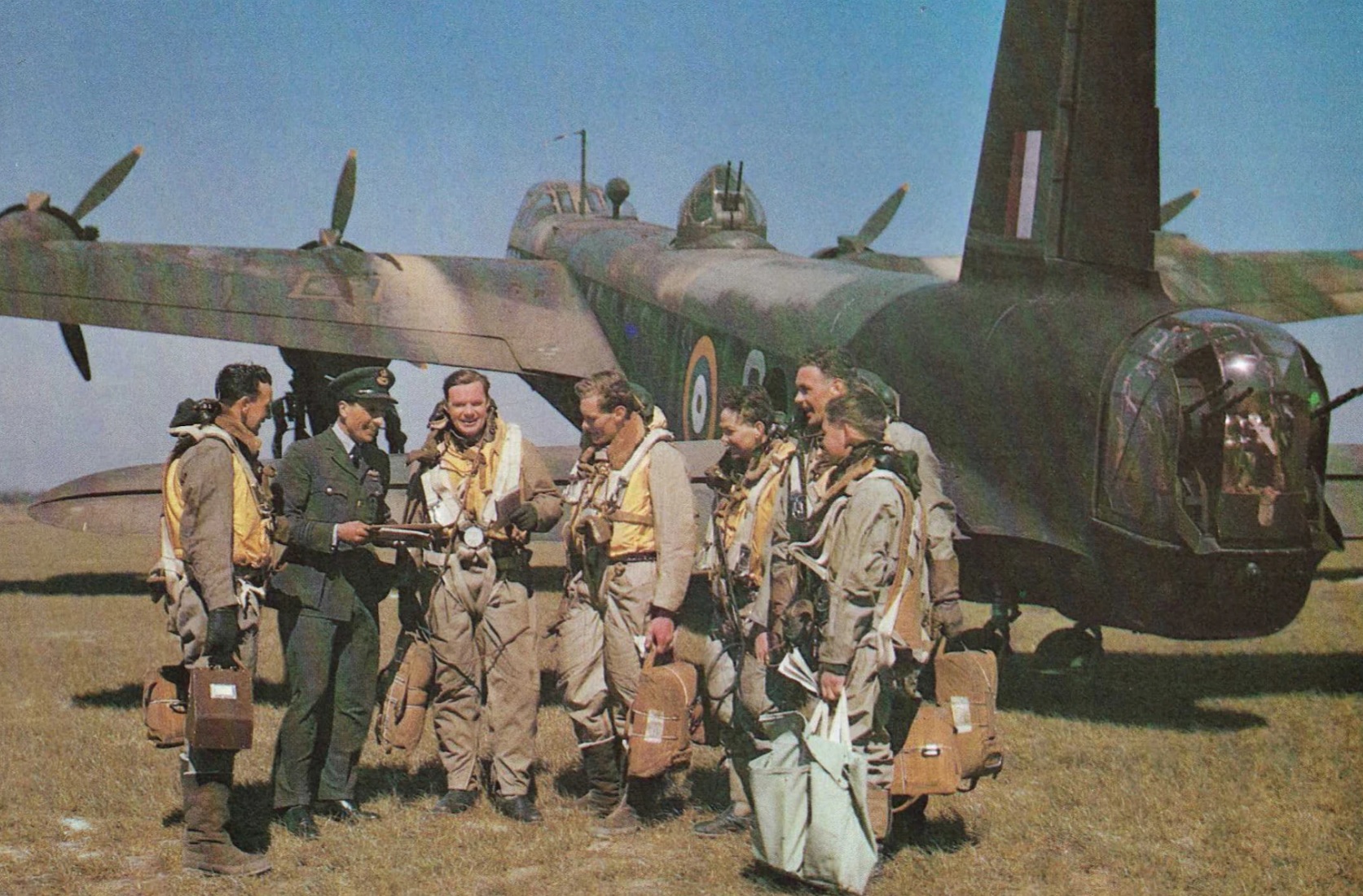Plans to raise a Short Stirling bomber which crashed during World War II have come under criticism.
The plane, BK716, was based at RAF Downham Market in Norfolk when it failed to return from a mission over Germany in 1943. The bomber was located this year on the bed of Lake Markermeer, near Amsterdam in the Netherlands. Experts believe that the remains of the crew are still on the plane.
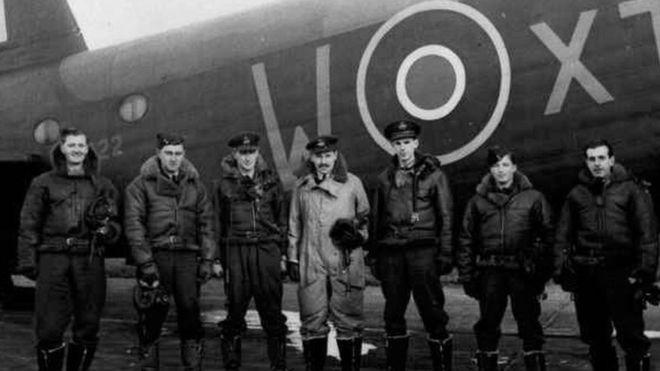
Almere city council has been in discussions to determine the best method for recovering the Short Stirling and returning the remains of the crew to the UK for burial.
Rick Brooks is a plane enthusiast who is angry because he believes that the city council is considering using a crane grabber to lift the wreckage from the water.
He has worked with other recovery efforts and fears that using a crane would be destructive and would fail to recover smaller personal items like wedding rings or watches which often have significant value to surviving relatives.
Brooks feels that a better solution would be to use a cofferdam which places walls around the wrecked plane. Water is then pumped out and crews can work to recover the wreckage in a dry area.
Brooks has been in discussions with recovery teams from the Netherlands. He believes the council is looking at the crane method because it is cheaper.
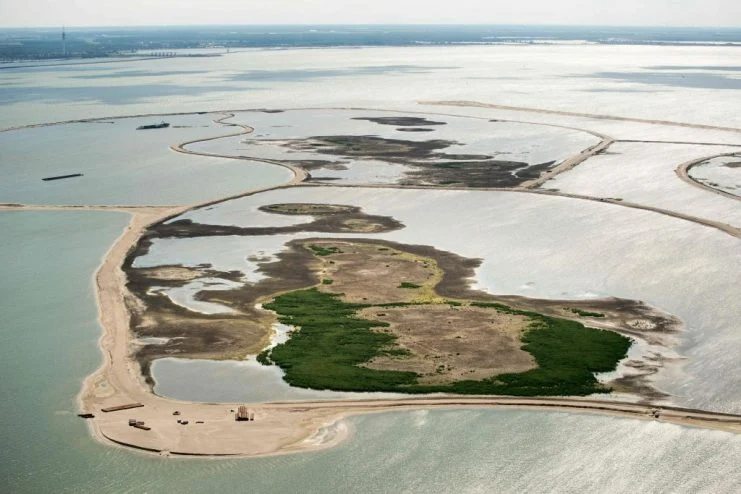
The Almere city council has stated that a determination has not been made as to how the plane would be recovered.
The council said that it had decided to respect the wishes of the relatives of the deceased crew members by salvaging the plane and honoring the crew. IT further stated that “care and respect are the first priority” as it considers the wishes of the relatives and also the Dutch Ministry of Defense.
The council intends to announce their chosen method of recovery and the date for beginning that process “soon.”
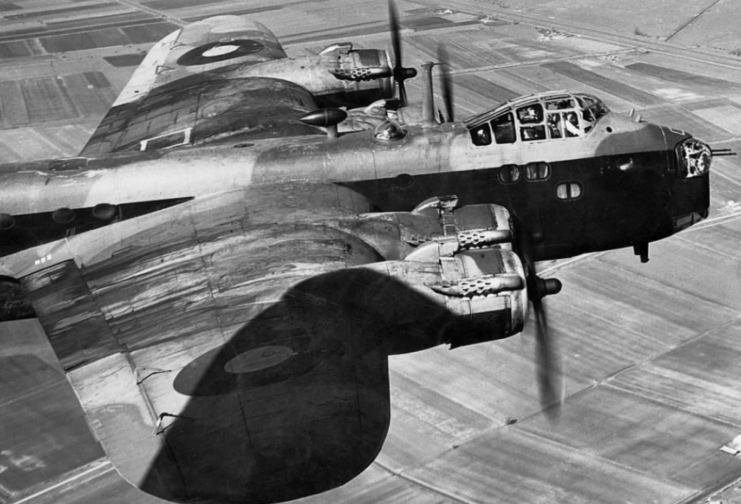
BK716 took off from Downham Market at 9:30pm on March 29, 1943. They were on a mission to bomb Berlin. Storms and icy conditions caused many planes to have to return to base before reaching the continent. The planes that continued found the weather improved but faced heavy resistance from German night fighters.
BK716 stopped communicating and never returned to base. It is believed by many that they either were hit by anti-aircraft flak or were damaged by the weather.
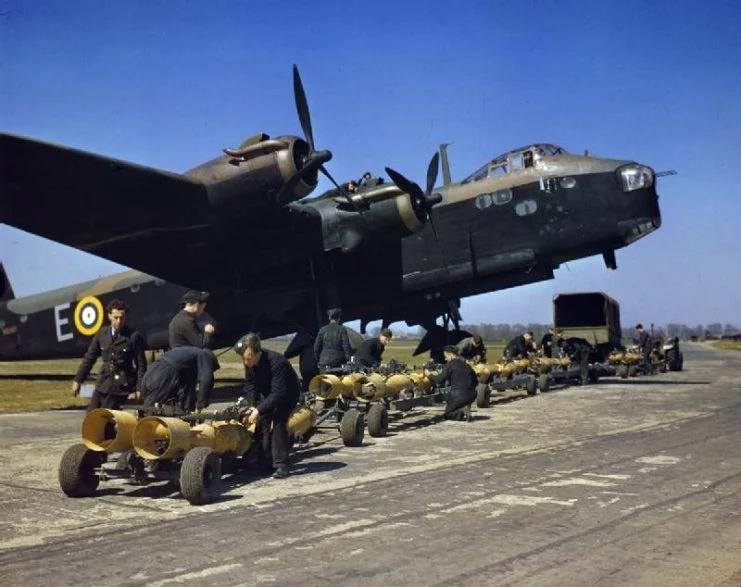
Dr. Theo Boiten has proposed that the plane was shot down by Lt. Werner Rapp at 4:49am. The plane that was shot down by Rapp is listed as unidentified but it occurred in the same region where the wreckage was eventually discovered.
Lake Markemeer is one of the largest freshwater lakes in Europe. The Dutch use its 700 square kilometers to regulate the water levels in the country.
Another Article From Us: ‘Barn Finds’, Mosquito, P-51 & Others, The Aviation Equivalent of Aladdin’s Cave
The Short Stirling was first used by the RAF in 1941. It became the primary bomber for the British. 2,383 were built by Short Brothers and Belfast Austin Motor Company in the UK.
When the war ended, the plane was determined to be obsolete and used only as a transport plane.
